 Plant Nature Study II
Plant Nature Study II
Plant Nature Study II
Plant Nature Study II

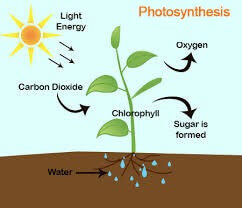
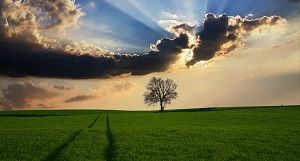
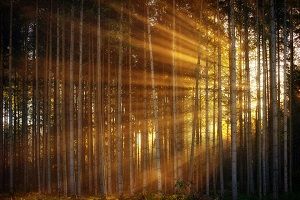
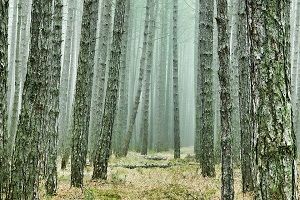
 Plant Nature Study II
Plant Nature Study II
Plant Nature Study II
Plant Nature Study II

Study the lesson for one week.
Over the week:
TREE LIGHT AND FORM
Trees growing in the open tend to grow a broad crown of branches.
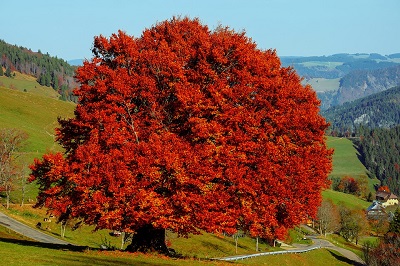
Trees growing in a dense forest tend to grow tall and lanky.
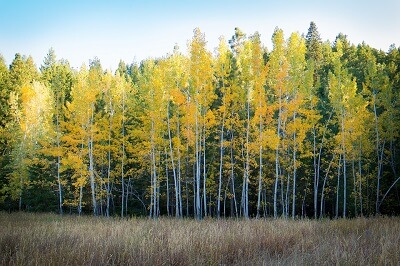
Trees growing in dense forests often undergo natural pruning.
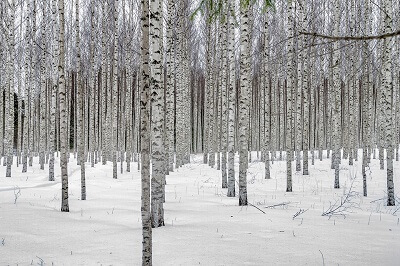
Activity 1: Narrate the Lesson
Activity 2: Study the Lesson Pictures
Activity 3: Take a Nature Walk
Activity 4: Complete a Field Book Entry

After your nature walk, complete page 33 in 'Science Field Book for Fourth Grade.'